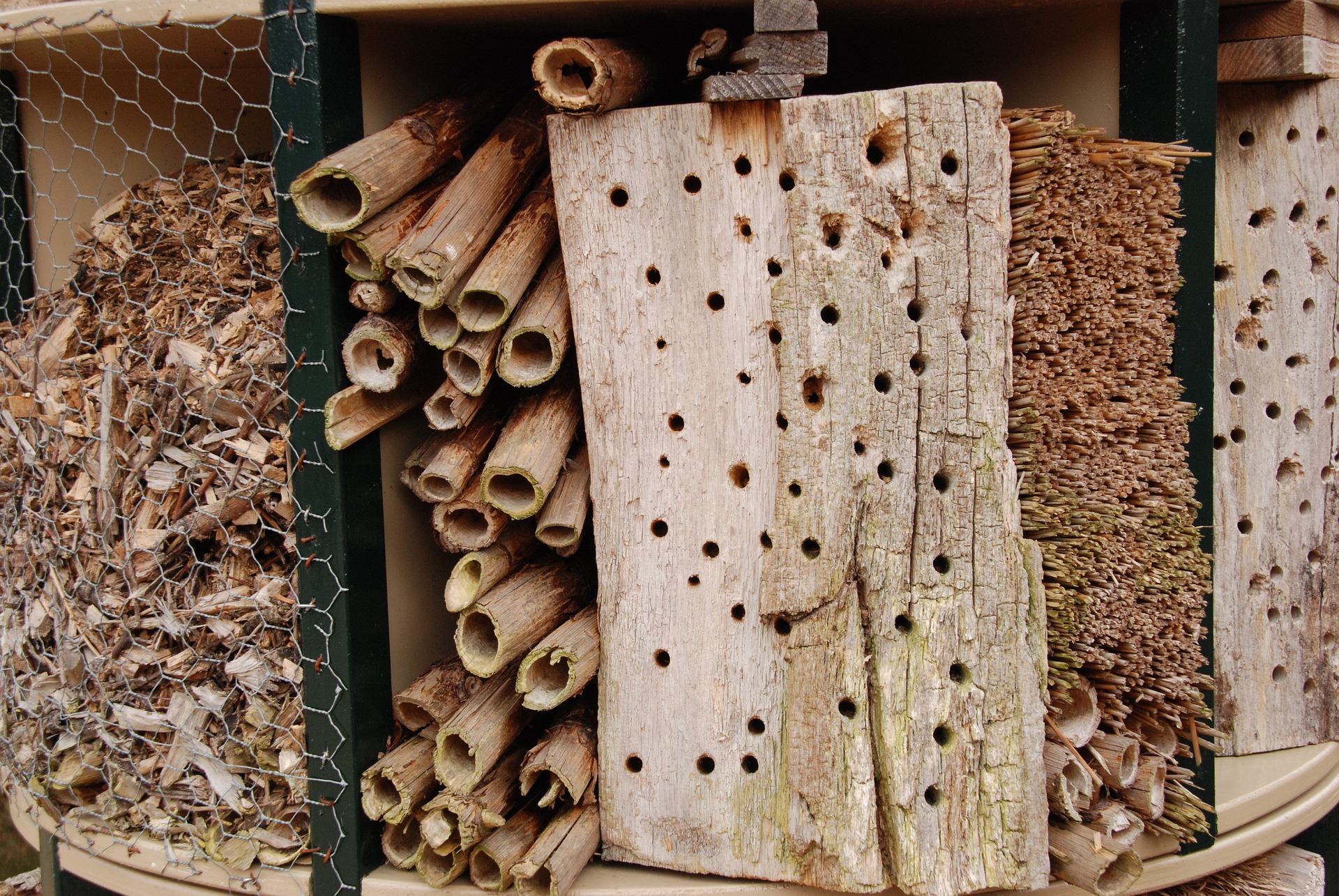September in the garden
There’s plenty to be doing in the garden this month as the season comes to an end.
Here’s a summary, but scroll down if you want more information on any of these jobs!
In the Vegetable Plot
- Remove foliage from potatoes
- Pinch out tomato side shots
- Raise pumpkins and squash off soil
- Cover brassicas
- Plant autumn onion sets
- Sow early carrot varieties for next year
- Remove finished crops
In the Flower Bed
- Feed and deadhead containers
- Plant autumn flowering plants and spring flowering bulbs
- Prune climbing and rambling roses
Around the Garden
- Give your lawn a bit of TLC
- Set up compost bins
- Raise pots off the ground
- Install water butts
What To Plant In September





























